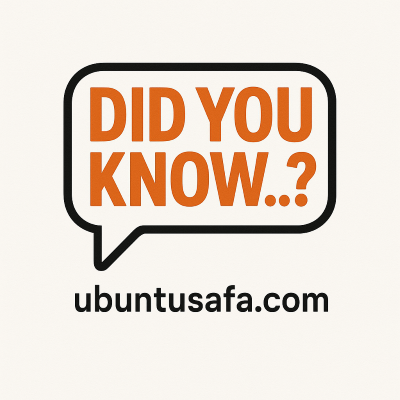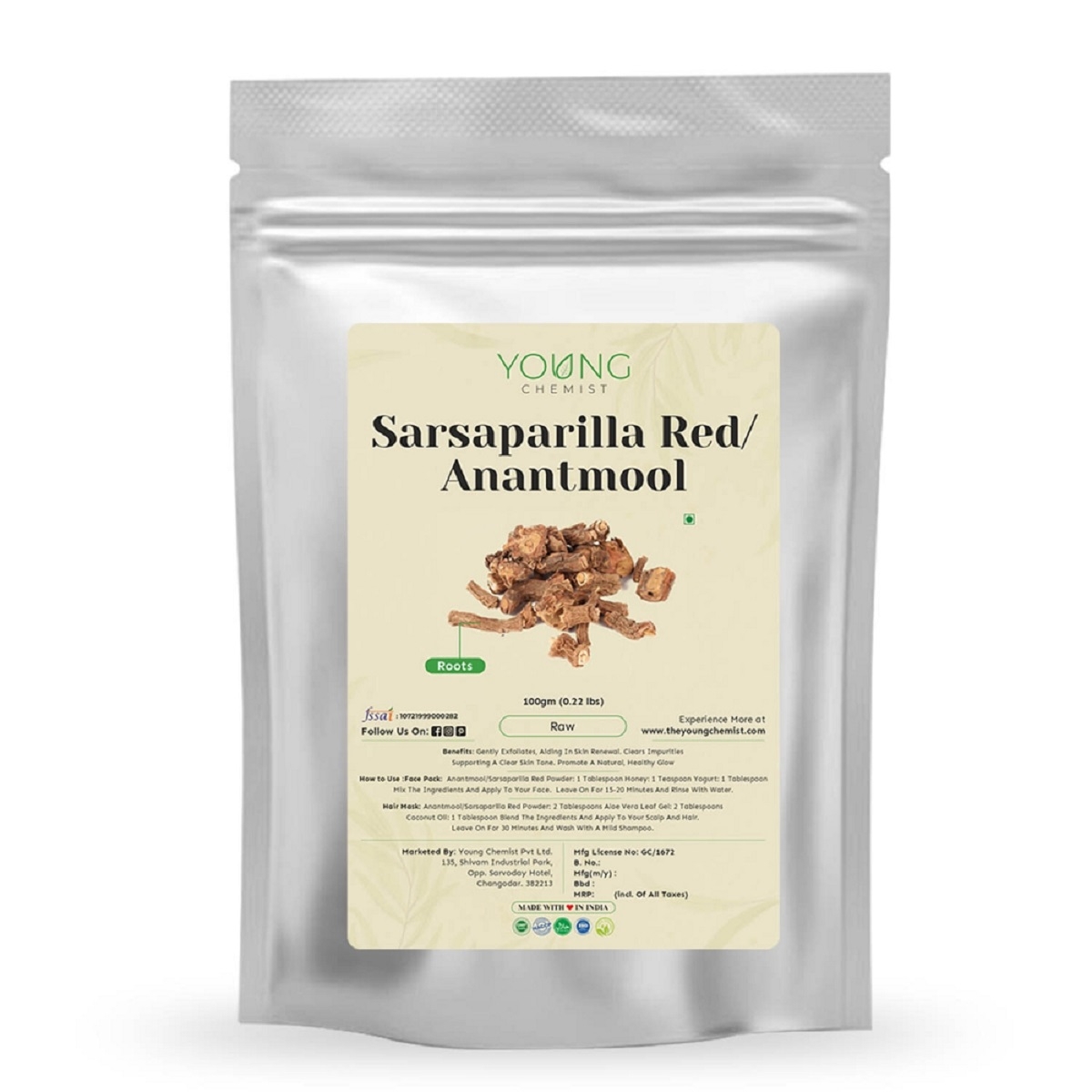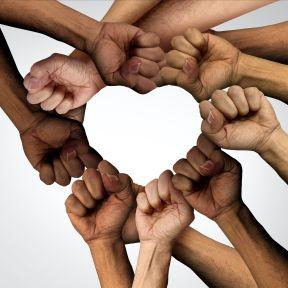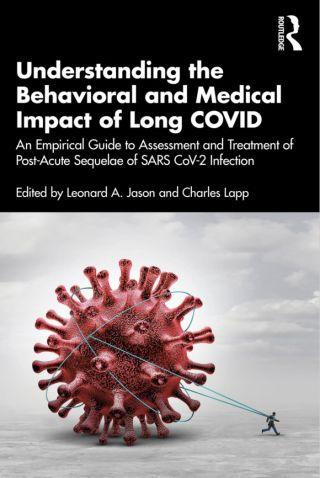Did You Know Africa Has the Youngest Population in the World?
Over 60% under the age of 25 — What That Means for Innovation and Future Leadership
Africa isn’t just a continent of rich resources and ancient history — it’s a continent of youthful energy and untapped potential.
With over 60% of its population under the age of 25, Africa holds the youngest demographic profile on Earth.
This is more than a statistic — it’s a signal of a profound shift coming.
The Numbers That Matter-
1.4 billion people live in Africa today.
Over 800 million are under 25 years old.
By 2050, Africa’s population is projected to double, and the youth will remain the majority.
This makes Africa not only the youngest region but also potentially the most dynamic and creative — if that youth is empowered.
“The youth are not the future. They are the now.”
For too long, African youth have been told to “wait their turn.” But in a world changing at the speed of code, climate, and culture, young people are already leading. Across the continent, they are:
Founding startups and leading fintech revolutions (e.g., Flutterwave, Paystack)
Driving civic change, from Nigeria’s #EndSARS movement to Sudan’s protests
Redefining African art, music, and storytelling on global platforms
Innovating in agriculture, clean energy, health tech, and education
Africa’s youth are not passive beneficiaries of policy — they are active shapers of it.
How Youth Will Build the New Africa-
Here’s how this demographic shift can translate into sustainable, inclusive growth:
1. Entrepreneurship as a Driving Force-
With formal job opportunities limited, many youth are turning to entrepreneurship.
Governments and investors must create ecosystems that support youth-led startups, through funding, training, and enabling regulations.
2. Tech and Digital Literacy-
Young Africans are building apps, platforms, and solutions — often with minimal support.
With better access to digital tools, coding education, and innovation hubs, this generation can compete globally.
3. Political Engagement-
Youth are organizing, voting, and protesting — demanding accountability.
As more young leaders enter politics and civil service, they will reshape governance models to be more inclusive, transparent, and tech-savvy.
4. Climate Action and Sustainability-
Africa is already experiencing the effects of climate change.
Young leaders are pioneering green tech, agroecology, and climate justice campaigns — positioning Africa as a hub for sustainable innovation.
5. Pan-African Identity and Unity-
Social media and digital storytelling are creating a shared youth consciousness that crosses borders.
A new generation is reimagining what it means to be African, beyond colonial borders.
The Urgent Call: Invest in Youth Now
For Africa to harness this potential, investment in education, health, digital infrastructure, and youth leadership is essential.
“Youth are Africa’s greatest renewable resource — and they don’t need saving. They need backing.”
Final Thought-
“How we treat African youth today will determine the Africa we all inherit tomorrow.”
And the truth is — tomorrow is already here.
Over 60% under the age of 25 — What That Means for Innovation and Future Leadership
Africa isn’t just a continent of rich resources and ancient history — it’s a continent of youthful energy and untapped potential.
With over 60% of its population under the age of 25, Africa holds the youngest demographic profile on Earth.
This is more than a statistic — it’s a signal of a profound shift coming.
The Numbers That Matter-
1.4 billion people live in Africa today.
Over 800 million are under 25 years old.
By 2050, Africa’s population is projected to double, and the youth will remain the majority.
This makes Africa not only the youngest region but also potentially the most dynamic and creative — if that youth is empowered.
“The youth are not the future. They are the now.”
For too long, African youth have been told to “wait their turn.” But in a world changing at the speed of code, climate, and culture, young people are already leading. Across the continent, they are:
Founding startups and leading fintech revolutions (e.g., Flutterwave, Paystack)
Driving civic change, from Nigeria’s #EndSARS movement to Sudan’s protests
Redefining African art, music, and storytelling on global platforms
Innovating in agriculture, clean energy, health tech, and education
Africa’s youth are not passive beneficiaries of policy — they are active shapers of it.
How Youth Will Build the New Africa-
Here’s how this demographic shift can translate into sustainable, inclusive growth:
1. Entrepreneurship as a Driving Force-
With formal job opportunities limited, many youth are turning to entrepreneurship.
Governments and investors must create ecosystems that support youth-led startups, through funding, training, and enabling regulations.
2. Tech and Digital Literacy-
Young Africans are building apps, platforms, and solutions — often with minimal support.
With better access to digital tools, coding education, and innovation hubs, this generation can compete globally.
3. Political Engagement-
Youth are organizing, voting, and protesting — demanding accountability.
As more young leaders enter politics and civil service, they will reshape governance models to be more inclusive, transparent, and tech-savvy.
4. Climate Action and Sustainability-
Africa is already experiencing the effects of climate change.
Young leaders are pioneering green tech, agroecology, and climate justice campaigns — positioning Africa as a hub for sustainable innovation.
5. Pan-African Identity and Unity-
Social media and digital storytelling are creating a shared youth consciousness that crosses borders.
A new generation is reimagining what it means to be African, beyond colonial borders.
The Urgent Call: Invest in Youth Now
For Africa to harness this potential, investment in education, health, digital infrastructure, and youth leadership is essential.
“Youth are Africa’s greatest renewable resource — and they don’t need saving. They need backing.”
Final Thought-
“How we treat African youth today will determine the Africa we all inherit tomorrow.”
And the truth is — tomorrow is already here.
Did You Know Africa Has the Youngest Population in the World?
Over 60% under the age of 25 — What That Means for Innovation and Future Leadership
Africa isn’t just a continent of rich resources and ancient history — it’s a continent of youthful energy and untapped potential.
With over 60% of its population under the age of 25, Africa holds the youngest demographic profile on Earth.
This is more than a statistic — it’s a signal of a profound shift coming.
The Numbers That Matter-
1.4 billion people live in Africa today.
Over 800 million are under 25 years old.
By 2050, Africa’s population is projected to double, and the youth will remain the majority.
This makes Africa not only the youngest region but also potentially the most dynamic and creative — if that youth is empowered.
“The youth are not the future. They are the now.”
For too long, African youth have been told to “wait their turn.” But in a world changing at the speed of code, climate, and culture, young people are already leading. Across the continent, they are:
Founding startups and leading fintech revolutions (e.g., Flutterwave, Paystack)
Driving civic change, from Nigeria’s #EndSARS movement to Sudan’s protests
Redefining African art, music, and storytelling on global platforms
Innovating in agriculture, clean energy, health tech, and education
Africa’s youth are not passive beneficiaries of policy — they are active shapers of it.
How Youth Will Build the New Africa-
Here’s how this demographic shift can translate into sustainable, inclusive growth:
1. Entrepreneurship as a Driving Force-
With formal job opportunities limited, many youth are turning to entrepreneurship.
Governments and investors must create ecosystems that support youth-led startups, through funding, training, and enabling regulations.
2. Tech and Digital Literacy-
Young Africans are building apps, platforms, and solutions — often with minimal support.
With better access to digital tools, coding education, and innovation hubs, this generation can compete globally.
3. Political Engagement-
Youth are organizing, voting, and protesting — demanding accountability.
As more young leaders enter politics and civil service, they will reshape governance models to be more inclusive, transparent, and tech-savvy.
4. Climate Action and Sustainability-
Africa is already experiencing the effects of climate change.
Young leaders are pioneering green tech, agroecology, and climate justice campaigns — positioning Africa as a hub for sustainable innovation.
5. Pan-African Identity and Unity-
Social media and digital storytelling are creating a shared youth consciousness that crosses borders.
A new generation is reimagining what it means to be African, beyond colonial borders.
The Urgent Call: Invest in Youth Now
For Africa to harness this potential, investment in education, health, digital infrastructure, and youth leadership is essential.
“Youth are Africa’s greatest renewable resource — and they don’t need saving. They need backing.”
Final Thought-
“How we treat African youth today will determine the Africa we all inherit tomorrow.”
And the truth is — tomorrow is already here.
0 Comments
0 Shares
2K Views
0 Reviews









